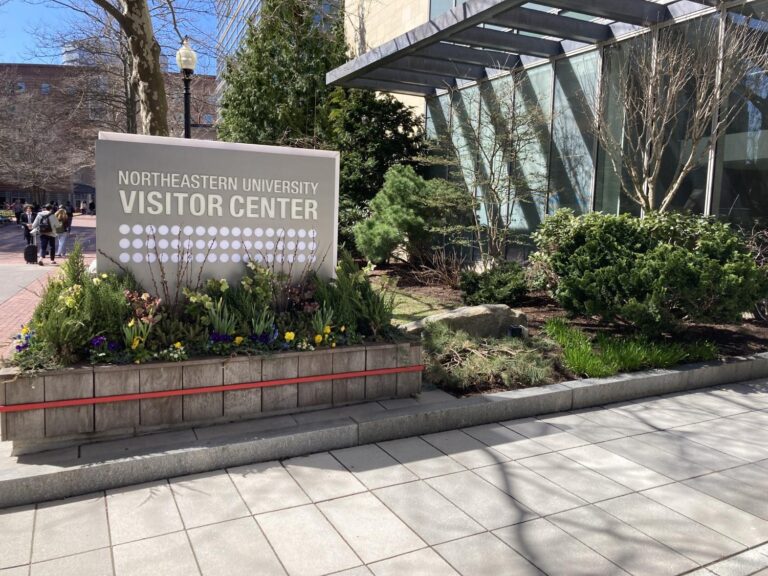For the class of 2026, Northeastern was more selective than ever.
Out of a record high of 90,989 applicants, only 6,179 were accepted, or about 6.7%. Northeastern spokeswoman Shannon Nargi wrote in an email statement to The News on April 12.
“You've got more people wanting to go and you've got fewer places on offer, so of course that's going to lead [the acceptance rate] down,” said Dennis Simmons, an incoming mechanical engineering student from Heath, Massachusetts. “It's just a major change.”
The acceptance rate, a sharp drop from 18% for the class of 2025, comes after concerns of overcrowding and over-enrollment. The enrollment goal for the class of 2026 is about 2,500, according to Nargi, which is about 1,000 below the usual enrollment goal to combat last year's over-acceptance of applicants. With 15,000 additional applicants this year, this has further reduced the acceptance rate.
The university's increasing selectivity has drawn mixed reactions from both current and incoming students. Some have a positive outlook, relieved that Northeastern is taking steps to address overcrowding and excited that Northeastern is becoming a more competitive school.
“To me, this drop means a hopeful relief from the overcrowding that everyone seems to be talking about,” said Reese Cantu, an incoming American Sign Language Early Decision from Phoenix, Arizona. “I don't see Northeastern as more prestigious, but I hope employers do.”
Nate Hoffman, a fifth-year computer science major, had a similar perspective.
“I think it's great — when I came in, [the acceptance rate] it was 28%, Hoffman said. “So now, I'm like, 'I'm going to a competitive school.'”
Northeastern's 6.7% acceptance rate this year matches that of other prominent elite universities. The Massachusetts Institute of Technology admitted approx 4%with Tufts trailing behind with 9%. Northwestern University matched Northeastern's acceptance rate for the first time, with Northwestern watching 7% price.
Other students see the declining acceptance rate as problematic. Jensyn Ford, a freshman communications and media major, referred to it as a “marketing tool.”
“This is a good school, but it's not that good,” Ford said. “I feel like it's almost negatively impacting the school, because they're just gaming the system and unfairly treating the applicants.”
Julia Towne, a first-year communications major, said she believes the university's limited housing is to blame for the lower acceptance rate. Towne currently lives in the East Village and her double room can be turn into a triple next year.
“It makes sense because I know they were struggling to find housing for everyone,” Towne said. “They also don't include NUin [in the acceptance rate]so it's like Northeastern is playing the results, which is a little dirty.”
Northeastern's rise in applicants comes in the second year of the university's application of a optional policy test. SAT and ACT scores have not required since the start of the COVID-19 pandemic.
“I think it's pretty crazy. Now that they've taken the SAT and ACT scores out of the picture, I'm honestly confused as to how they discriminate between so many applicants,” said third-year biology major Lizzie McClennon.
The northeast has it too no supplementary essay requirement for the Common Application, unlike many other competitive universities.
“You get applicants who might not even want to go, they just say, 'Oh Northeastern is a good school, I'll check it out and see if I can get in,'” freshman Maddy Ford said. -one-year course in economics.
Simmons, who recently committed to Northeastern, thought it would be a good idea to implement supplemental essays to gauge interest.
Although Simmons said he was “proud” of his acceptance, he added that “there's probably at least another 20 or 30% that are just as qualified.”
“When there are so many extremely well-qualified candidates, at a certain point it becomes a lottery,” Simmons said. “It's the luck of the draw who reads your application.”



